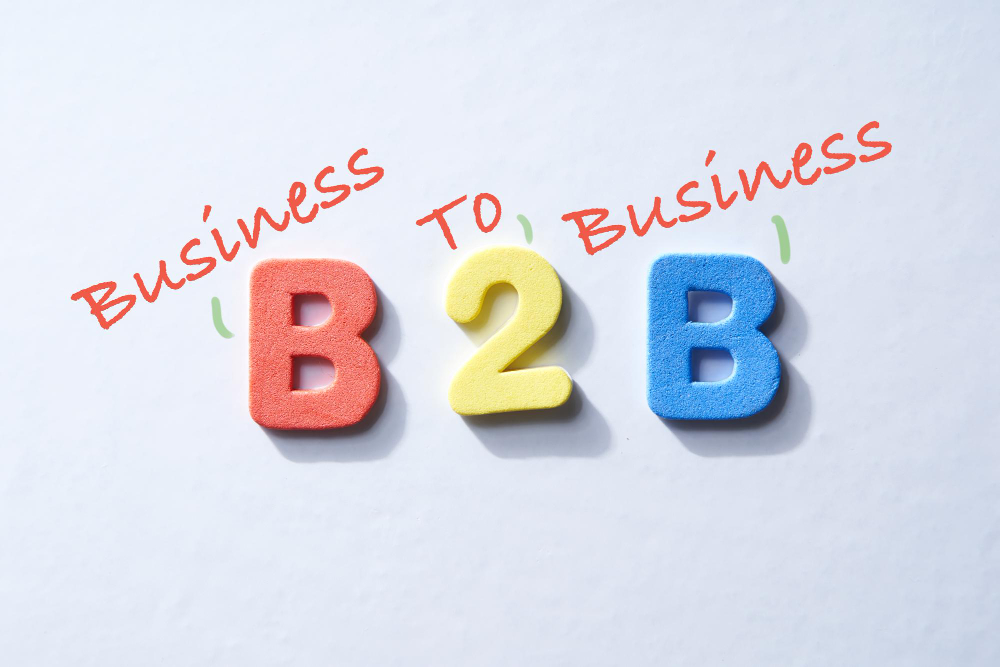In B2B marketing, staying ahead of the curve is crucial, especially when it comes to B2B lead generation. As competition intensifies and buyer behavior becomes more complex, traditional tactics no longer deliver the same results. To stay competitive in 2025, businesses must embrace smarter, more strategic approaches that drive qualified leads and accelerate sales growth.
This blog outlines the top B2B lead generation strategies for 2025, packed with actionable tips, data-backed insights, and tools to help you stay ahead of the game.
1# What is B2B Lead Generation?
B2B lead generation is the process of identifying, attracting, and converting potential business customers of other companies into leads who show interest in your product or service. Unlike B2C lead generation, which targets individual consumers, B2B lead generation focuses on professionals, stakeholders, and decision-makers within organizations.
The goal is to initiate a relationship with these prospects, guide them through the sales funnel, and ultimately convert them into paying customers.
Common sources of B2B leads include:
- Website forms and landing pages
- LinkedIn outreach
- Email campaigns
- Webinars and events
- SEO-optimized content
A successful B2B lead generation strategy relies on a blend of targeted marketing, personalized outreach, and data-driven decision-making to ensure you’re reaching the right audience at the right time.
2# Why B2B Lead Generation Matters More Than Ever
Lead generation is the lifeline of any B2B business. According to HubSpot’s 2024 State of Marketing Report, 61% of marketers say generating traffic and leads is their top challenge. With longer sales cycles, multiple decision-makers, and a growing demand for personalization, your lead generation strategy must be laser-focused, tech-enabled, and customer-centric.
3# Top B2B Lead Generation Strategies to Try in 2025
1. Account-Based Marketing
ABM continues to dominate as one of the most effective lead generation strategies. By targeting high-value accounts with personalized campaigns, businesses can drastically improve conversion rates.
Key Tips:
- Align sales and marketing teams on account selection
- Customize content for decision-makers in each account
- Use platforms like Demandbase or Terminus for ABM automation
2. AI-Powered Lead Scoring and Predictive Analytics
Artificial Intelligence is transforming how B2B companies qualify leads. AI tools can analyze large data sets to predict which prospects are most likely to convert.
Why It Works:
- Reduces time spent on unqualified leads
- Improves marketing ROI
- Integrates seamlessly with CRMs like HubSpot or Salesforce
3. Interactive and Personalized Content
Gone are the days of one-size-fits-all content. Interactive formats like calculators, quizzes, assessments, and personalized video demos now deliver better engagement and lead capture.
Examples:
- ROI calculators for SaaS platforms
- Interactive product selectors
- Custom whitepapers based on user input
4. LinkedIn Outreach & InMail Campaigns
With over 1 billion users, LinkedIn remains the top channel for B2B prospecting. Crafting value-driven outreach messages and running InMail campaigns can help you build real relationships with decision-makers.
Pro Tip: Use LinkedIn Sales Navigator for advanced filters and insights into your ideal prospects.
5. Webinars and Virtual Events
Virtual events continue to be a goldmine for qualified leads. They offer a great opportunity to educate prospects, demonstrate thought leadership, and collect attendee data.
Best Practices:
- Co-host with industry influencers
- Promote across multiple platforms
- Offer gated access with follow-up nurture emails
6. SEO-Optimized Blog Content & Thought Leadership
Consistent, keyword-rich blog posts not only boost your website’s visibility but also build trust with potential leads. By addressing pain points and offering solutions, you attract warm leads into your funnel.
Tips to Get Started:
- Focus on long-tail keywords like “B2B lead generation for IT services.”
- Repurpose blog content into infographics, carousels, or short videos
- Include strong CTAs and lead magnets
7. Retargeting Ads and Lookalike Audiences
Not every visitor converts on the first visit. Retargeting keeps your brand top-of-mind while lookalike audiences help you reach new prospects similar to your best customers.
Platforms to Use:
- Google Ads
- Facebook Business Suite
- LinkedIn Ads
8. Intent Data and Buyer Behavior Tracking
Tools like Bombora and ZoomInfo provide intent data insights into what your prospects are researching online. This helps you reach them when interest is at its peak.
Advantages:
- Improves the timing of outreach
- Allows hyper-targeted messaging
- Boosts engagement and response rates
4# What to Avoid in 2025
As you upgrade your B2B lead generation tactics, avoid these outdated practices:
- Cold outreach without personalization
- Relying solely on email blasts
- Ignoring mobile responsiveness
- Delayed follow-ups after form fills
Instead, focus on engaging, data-driven, multi-channel strategies that align with your buyer’s journey.
Conclusion
As we move into 2025, B2B lead generation will become more sophisticated, personalized, and tech-enabled. By adopting strategies like account-based marketing, predictive analytics, and interactive content, businesses can attract high-quality leads and shorten sales cycles. The key is to focus on delivering value, leverage the right tools, and remain agile in your approach.
Lead generation isn’t just about quantity it’s about connecting with the right people, at the right time, through the right channels. Start integrating these strategies today and stay ahead in the B2B landscape of tomorrow.




